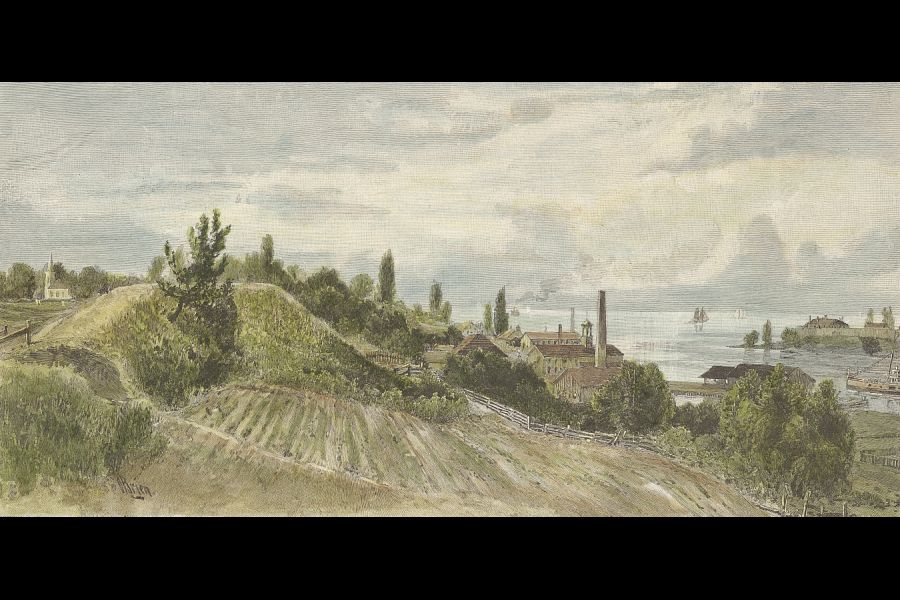Sarah Kaufman
Special to The Lake Report
There has been a lot of discussion about the Niagara River waterfront area flooding annually and creating several water issues for residents or businesses in the area. Unfortunately, this area has a long history of flooding every year, dating back to its time as a marshland.
Prior to the 1830s, the area from King Street to just past the current Navy Hall was a marsh that flooded annually, creating a haven for mosquitoes and the like.
The mosquitoes in the woods of early Niagara were bad enough but this marshy, even swamp-like area, was even worse!
Joy Ormsby, former town historian, found in her research that there was a local belief at the time that there was a heavy “vapour” that exuded from the marsh which produced ague, a form of malaria. It caused periodic fits of shaking and high fevers.
Many members of Lt.-Gov. John Graves Simcoe's entourage complained about the area and early settler Hannah Jarvis of Queenston even wrote in her journal (a link to which you can find on the museum’s website) that several families would catch a fever from it and would be confined at once altogether.
Peter Russell, also a former lieutenant-governor and administrator in Niagara, mentioned that “all his servants were sick with ague and his sister, Elizabeth was obliged to cook dinner.” It sounds like Peter was not a fan of his sister’s cooking!
Many locals at the time believed the best remedy was a teaspoon of Peruvian bark (from the Cinchona tree) in a glass of brandy. No doubt the spirits offered some temporary relief, but it was likely the quinine in the tree bark that really did the trick – it is a medicine used to treat malaria. Later in the 19th century it was realized that it was the mosquitoes, not the vapours, that were to blame.
There was very little development in this area due to the marshland. This is likely why even the great Elizabeth Simcoe decided to stay in her tent on the high ground rather than live in the Navy Hall buildings when she first arrived.
Taking a look at early maps or drawings of Niagara you would see the marshy land described. Even driving along the area, or down the river by boat, today you can easily see the incline to the high ground around the dock area of town.
It wasn’t until 1832, when the Niagara Harbour and Dock Company acquired the land, that the area began to look more similar to what we see today.
The company pumped out the marshy water with a steam engine and later dredged the land to create a basin that would be excavated 18 feet lower than the water of the Niagara River. Local papers of the time claimed the dredging costs to be about 1,000 pounds.
This new basin would provide winter refuge from the weather and the ice of the Niagara River for ships on Lake Ontario.
The Niagara Harbour and Dock Company would not only build several of Lake Ontario’s early ships but also provided docking, wharfage facilities and repairs.
A number of its account books still survive and are held in the museum’s collection. Due to a number of factors the company failed in the 1860s. Our upcoming exhibition, titled All Along the Waterfront, will include more on this company and this special history of our community.
A local newspaper, the Gleaner, said it best in 1832: “Whatever may be the profits ultimately to the Company, it will be a benefit and an ornament to this delightful town; the marsh which was a nuisance will thus be converted, part to a fine basin for vessels and the remainder a fine dry place to build stores or dwelling houses.”
Sarah Kaufman is managing director/curator of the Niagara-on-the-Lake Museum.










